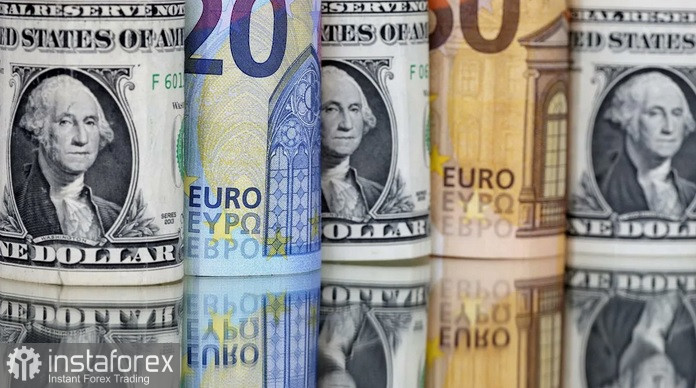
Last week, the EUR/USD pair ended with a slight 0.10% decline but posted a weekly gain of 0.51%, amid reduced risk appetite amid speculation that the Federal Reserve will pause its monetary easing cycle in December. Nevertheless, the pair closed above the round level of 1.1600, opening the prospects for further growth.
However, most Federal Reserve officials maintained a hawkish tone. The heads of regional Feds—Beth Hammack, Raphael Bostic, Alberto Musalem, Susan Collins, Neel Kashkari, and Jeffrey Schmid—advocated for moderately restrictive monetary policy.
On the dovish side are Fed Chair Stephen Miran, San Francisco Fed President Mary Daly, and governors Christopher Waller and Michelle Bowman, who emphasized the deteriorating situation in the labor market.
Fed Chair Jerome Powell and New York Fed President John Williams hold neutral positions. Powell noted that a December rate cut is not predetermined and, given the lack of new economic data, left all possible scenarios open.
According to the Prime Market Interest Rate Probability tool, the market has priced in about a 56% probability for a 25 basis point rate cut in December, lower than the approximately 70% priced in a year ago.
From the euro side, data from Europe for the third quarter showed GDP growth of 0.2% quarter-on-quarter, and the year-on-year growth was revised from 1.3% to 1.4%, demonstrating the resilience of the eurozone economy.
From a technical perspective, a key hurdle for growth is the convergence of the 50-day SMA and the 100-day SMA around the level of 1.1666. Therefore, the EUR/USD pair retains a bearish sentiment, as buyers struggle to decisively break above this level. The primary support remains at the round level of 1.1600. It is also worth noting that oscillators on the daily chart are mixed in anticipation of news. However, as the RSI (Relative Strength Index) has risen, it indicates an increase in bullish pressure.





















